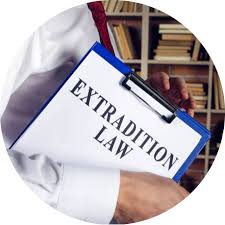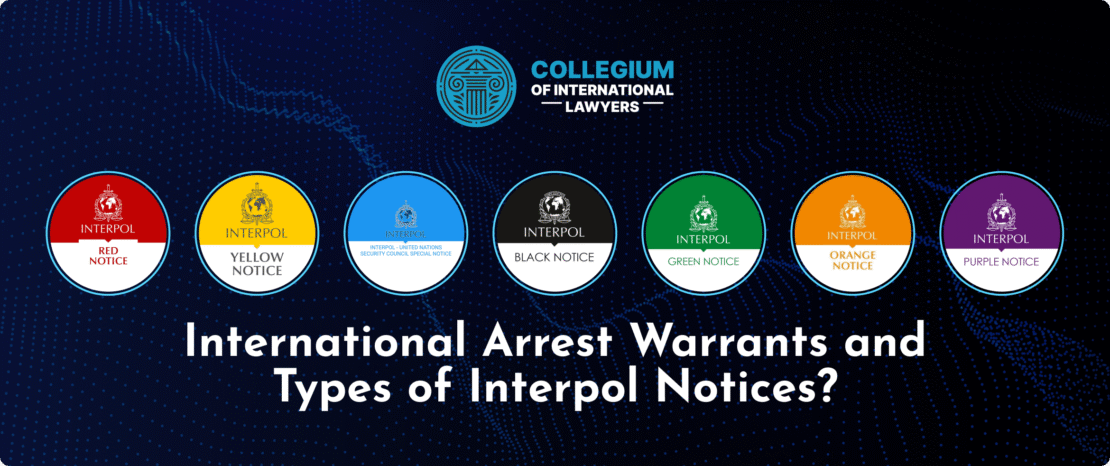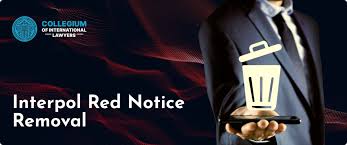
The Impact of Strict Alcohol Regulations by State in the U.S.
In the United States, alcohol regulations vary significantly from state to state, leading to a complex legal landscape. Each state has its unique set of laws that can heavily influence the availability, consumption, and overall culture surrounding alcohol. This disparity can lead to confusion among consumers and businesses alike. In our exploration of these regulations, we will examine some of the strictest ones in the nation, as highlighted in the strict alcohol regulations by state alcohol control laws in America.
Understanding State Regulations
The regulation of alcohol in the U.S. began with the Prohibition era in the 1920s, which saw the illegalization of alcohol. Although Prohibition was repealed in 1933, the legacy of stringent alcohol laws continued to shape how states controlled the sale and distribution of alcoholic beverages. Each state has the authority to determine its own laws regarding the sale of alcohol, which encompasses everything from the minimum drinking age to where and when alcohol can be sold.
Variations Among States
Some states, such as Utah and Pennsylvania, are known for their particularly strict alcohol laws. Utah has a lower blood alcohol concentration (BAC) limit than most states and also restricts the hours during which alcohol can be sold, while Pennsylvania requires that beer and liquor be purchased from state-run stores.

On the other hand, states like Texas and Colorado host a more permissive environment, allowing for a variety of alcohol-related activities and businesses. In Colorado, for instance, grocery stores can sell beer and wine, resulting in a vibrant culture surrounding craft brewing and tourism.
Impact on Consumption and Culture
Strict alcohol regulations can have significant implications for public health and social behavior. Research has indicated that states with stricter laws tend to have lower rates of alcohol consumption and related issues, such as drunk driving incidents. However, strict laws can also lead to unintended consequences. For example, higher penalties and restrictions may encourage illicit behaviors, such as underage drinking or the creation of bootleg alcohol.
Alcohol and Minority Communities
The impact of strict alcohol regulations can disproportionately affect minority and low-income communities. In some states, the limited availability of alcohol can hinder social engagement and economic opportunities within these communities. This raises questions about the equity of alcohol regulations and the need for reform that considers the diverse populations affected by these laws.
The Role of Advocacy
Given the complexities surrounding alcohol regulations, various advocacy groups play a role in shaping policies. Organizations dedicated to public health often push for reform that aligns with evidence-based practices. These groups argue for a balanced approach that maintains public safety without infringing on personal liberties.

Case Studies of Strict Regulations
Examining states with the strictest regulations provides insight into the ongoing debate over alcohol control. For instance, in Massachusetts, alcohol sales are heavily regulated. Massachusetts bans the sale of alcohol on Sundays before a certain hour and employs a lottery system to control the number of licenses issued to establishments seeking to sell alcohol.
Likewise, Alabama exemplifies another case where local counties have the authority to ban alcohol sales altogether. This has created “dry” counties within the state where no alcohol can be sold, demonstrating the localized nature of alcohol regulations.
The Future of Alcohol Regulations
As social norms around drinking evolve and as public health initiatives gain traction, the landscape of alcohol regulations is likely to continue changing. States may reconsider their policies, motivated by economic factors, cultural shifts, and public health research. For instance, the rising popularity of craft breweries and local distilleries has led to calls for more lenient regulations to foster better business environments.
Conclusion
In conclusion, the strictness of alcohol regulations by state is a reflection of cultural values, historical context, and public health considerations. States like Utah and Pennsylvania illustrate the complexities associated with stringent laws, while others pave the way for more liberal regulations that cater to consumers and businesses. Understanding these varied approaches is crucial for anyone navigating the American liquor market, whether as a consumer, business owner, or policy advocate.
